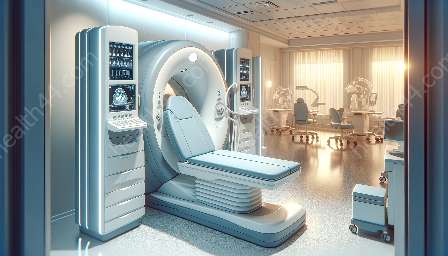Electrocardiography (ECG) machines are crucial diagnostic equipment that play a significant role in cardiovascular health assessment. These medical devices are essential in monitoring and diagnosing various heart conditions. Understanding the importance of ECG machines in healthcare is vital, as they provide valuable information to medical professionals.
How ECG Machines Work
ECG machines measure the electrical activity of the heart by recording the heart's rhythm and detecting any abnormalities. This is achieved by attaching electrodes to the patient's body, which then capture the heart's electrical signals. The machine translates these signals into a visual representation, known as an electrocardiogram, which displays the heart's activity in the form of waves.
Significance in Cardiovascular Diagnosis
ECG machines are invaluable in diagnosing various cardiovascular conditions, such as arrhythmias, heart attacks, and heart rhythm disorders. By analyzing the patterns and abnormalities in the ECG, healthcare professionals can assess the overall health of the heart and make informed decisions regarding treatment and management.
Compatibility with Diagnostic Equipment
ECG machines are seamlessly integrated with other diagnostic equipment, allowing for comprehensive cardiovascular assessments. They are often used in conjunction with echocardiography, stress testing equipment, and cardiac monitors to obtain a complete picture of a patient's cardiac health.
Key Features of ECG Machines
Modern ECG machines come with advanced features such as wireless connectivity, portable design, and real-time monitoring capabilities. These features enhance the efficiency and accuracy of cardiovascular assessments, making them an indispensable tool for healthcare providers.
Conclusion
ECG machines are indispensable medical devices and equipment that contribute significantly to the diagnosis and management of cardiovascular conditions. Understanding their role in diagnostic equipment and their compatibility with other medical devices is vital for healthcare professionals and patients alike.


